Description
Interior design murals are different from other murals though the distinction may not always be very clear.
Because there are murals that exist outside of interior design.
The word “mural” itself just means a large painting on a permanent surface.
It could be on a wall, ceiling, or even the exterior of a building.
By adding “interior design” we specifically refer to murals used in interior decoration to enhance the look and feel of an indoor space.

Murals used in interior design are meant to complement the existing decor and create a certain ambiance.
Interior designers often incorporate murals into their plans. Specifying “interior design” highlights this as a tool used within that field.
Murals on the exterior of a building, like street art, might have a social or artistic message entirely separate from the building itself.
There are other types of murals besides painted ones.
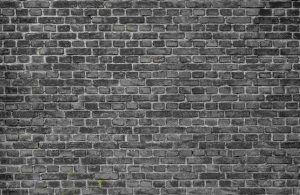
For example, some companies create large tile mosaics or vinyl decals that function similarly to murals but wouldn’t be used on the outside of a building.
So, “interior design murals” help narrow it down to something specifically used for decoration within a building.
While “mural” is the general term, “interior design” clarifies the specific use of murals within the design of indoor spaces.

Motivational quotes are just one example of how murals can be used for a variety of purposes beyond simply enhancing a space visually.
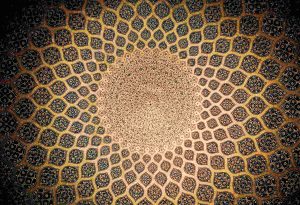
They can be educational, functional, commemorative, or even therapeutic, adding a unique layer of meaning and interaction within an indoor environment or interior mural.
The role of interior design murals
A mural can be a powerful tool for an interior designer.
It can incorporate many of the same elements that a designer would use throughout a room such as color, patterns and textures, lines, scale and proportion, mood, and focal point.
Interior design is the art and science of enhancing the interior of a building to achieve a healthier and more aesthetically pleasing environment for the people using the space.
When it comes to interior design, murals take on a whole new level of decorative power.

Murals can establish the entire aesthetic of a room.

Imagine a whimsical fairytale scene for a nursery, a dramatic cityscape for a modern living room, or a calming floral pattern for a spa-like bathroom.

The mural sets the tone and creates a cohesive visual identity for the space.
But interior design murals play a multifaceted role, going beyond just decoration.
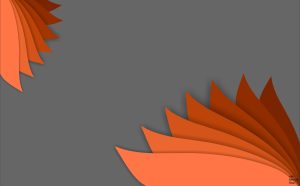
Here’s a breakdown of their key functions.
Setting the Mood with Interior Design Murals
Interior design murals are more than just paint on a wall.
They’re powerful tools for transforming a space and influencing the emotions of those who inhabit it.

Here’s how murals can be used to create specific moods in your interior design.
MMTranquility and Relaxation
Interior design murals can be your secret weapon in creating a haven of peace and relaxation in your home.
By incorporating calming elements and thoughtful design, you can transform any space into a tranquil retreat.
Here’s how to use murals to cultivate a sense of serenity.
Embrace the Power of Colors
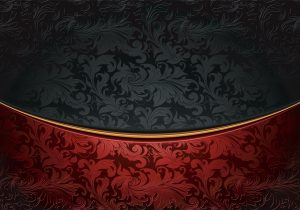 For a soothing atmosphere opt for cool color palettes that evoke feelings of calmness and peace. Soft blues, lavenders, greens, and muted tones are ideal choices.
For a soothing atmosphere opt for cool color palettes that evoke feelings of calmness and peace. Soft blues, lavenders, greens, and muted tones are ideal choices.
And for natural inspiration draw from nature’s color palettes. Think calming ocean blues, earthy greens, and soft sky tones.

These colors naturally promote feelings of tranquility.
Finding Tranquility in Imagery
Nature’s Embrace
Surround yourself with serene landscapes.
Lush forests, calming beaches, cascading waterfalls, or gentle meadows all create a sense of peace and connection to the natural world.

Abstract Tranquility
Abstract patterns with soft, swirling lines or calming geometric shapes can create a sense of visual serenity without being overly stimulating.
Underwater Delights
Immerse yourself in the tranquility of the underwater world.
A soothing mural depicting a coral reef or a calming seascape can be incredibly relaxing.

Additional Tips for Tranquility
Lighting for Serenity
Art lighting is a fantastic way to elevate your interior design mural and create a truly stunning focal point in your space.

It can be used to highlight the colors and details of the mural, create a dramatic atmosphere, or even add a touch of functionality.
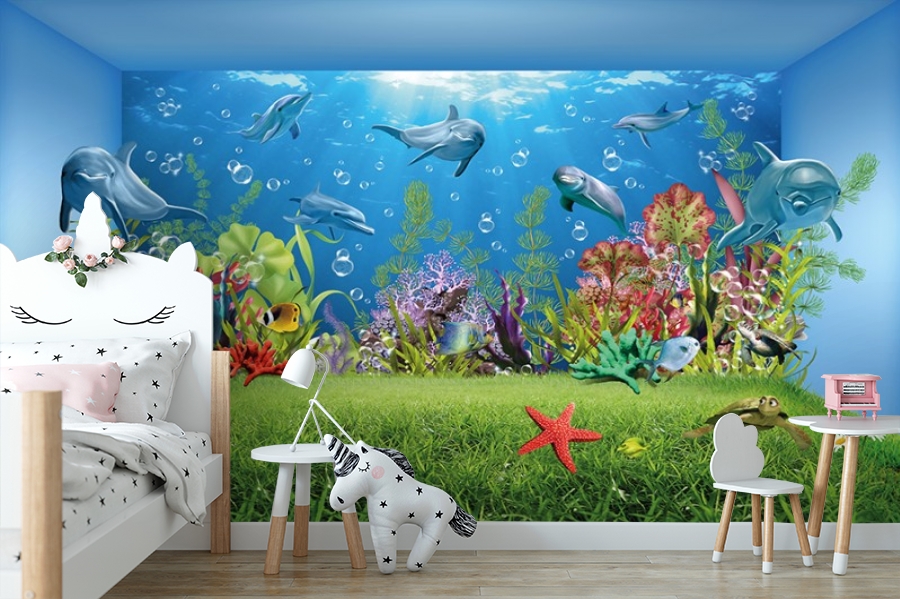
Harsh lighting can disrupt the calming mood. Opt for softer lighting sources like dimmer switches and warm-toned bulbs.
Water Feature Inspiration
The sound of trickling water is a well-known relaxation technique.
Consider incorporating a water feature like a small fountain or using a mural that depicts a calming waterfall or stream.
Minimize Clutter
Clutter can be visually overwhelming and disrupt the sense of peace. Keep the space around your mural uncluttered to enhance the calming effect.
Natural Materials
Surround yourself with natural materials like wood, stone, and plants.
These elements complement the natural themes in your mural and promote a sense of tranquility.
By following these tips and incorporating a well-chosen mural, you can transform your space into a personal oasis of peace and relaxation.
Let your interior design mural be the gateway to your own personal sanctuary.
Energy and Inspiration
Color Palette
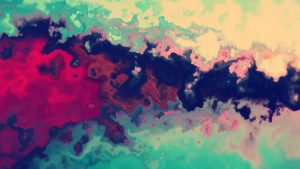
Warm colors like yellows, oranges, and reds create a stimulating atmosphere. Brighter, more saturated tones add a burst of energy.
Imagery
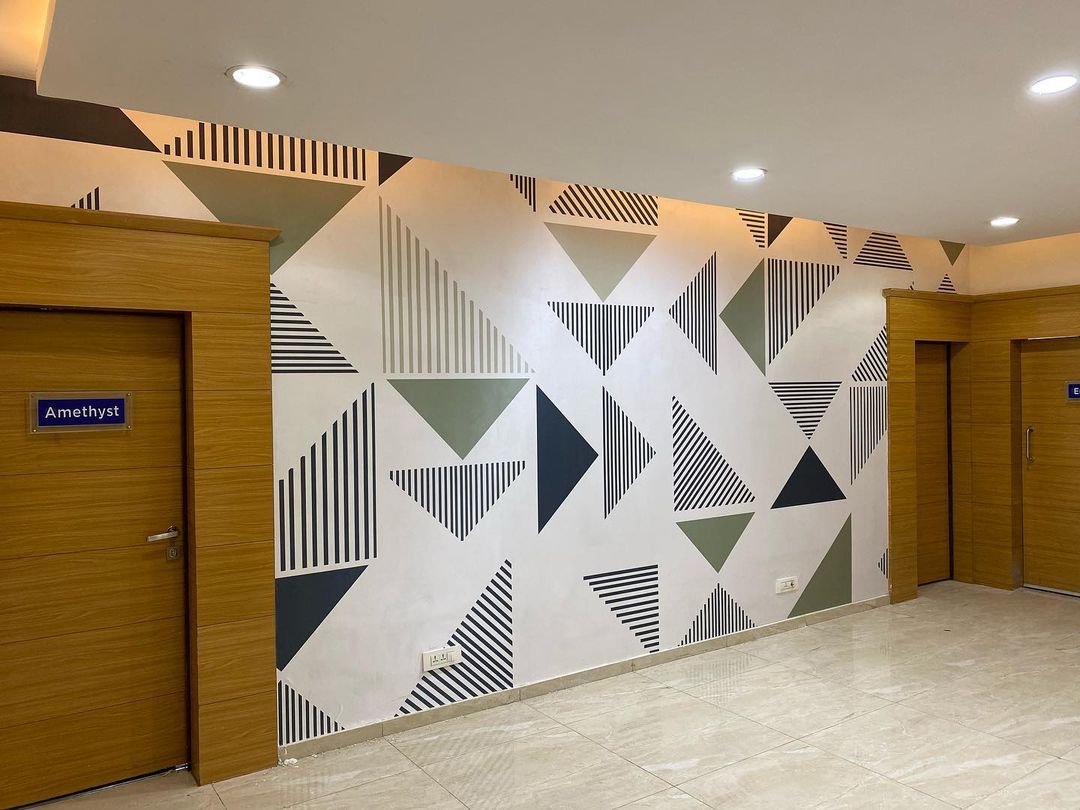
Murals depicting cityscapes, geometric patterns, or abstract bursts of color can spark creativity and focus.
Focus and Concentration
Color Palette

Opt for neutral tones or cool colors like blues and greens. Avoid overly stimulating patterns or bright colors.
Imagery
Simple, minimalist murals or nature scenes with clean lines can promote concentration.
Abstract patterns with a sense of order can also be effective.
Luxury and Sophistication
Color Palette
Rich jewel tones like emerald green, sapphire blue, or deep burgundy create a sense of opulence. Metallic accents can also add a touch of luxury.
Imagery
Murals depicting grand landscapes, historical scenes, or elegant damask patterns evoke a sense of sophistication.
Personalization and Fun
Embrace your style!
Don’t be afraid to choose a mural that reflects your hobbies, passions, or favorite places.
Think playful!
Murals with cartoon characters, whimsical scenes, or vibrant colors can create a fun and lighthearted mood.
By considering these elements and the desired mood, you can use interior design murals to create a space that is not only beautiful but also reflects your personality and sets the perfect tone for how you want to feel within it.
Creating a Focal Point with Interior Design Murals
Murals can be the crown jewel of your interior design, drawing the eye in and anchoring the entire space.
Here’s how to strategically leverage murals to create a stunning focal point.
Choosing the Right Wall
Entryway Impact
Greet guests with a bang! Place your mural on the wall directly opposite the entryway to create an instant impression.
Living Room Powerhouse
The wall behind your sofa is a classic choice. This central location ensures the mural takes center stage in the room’s main gathering area.
Fireplace Flair
Elevate your fireplace by flanking it with a mural or creating one that extends above the mantel. This adds visual weight and draws attention to the fireplace as a focal point.
Unexpected Delights
Don’t be afraid to think outside the box! Consider placing a mural on a staircase wall, an accent wall in a hallway, or even on the ceiling to create a dramatic overhead statement piece.
Design Considerations for Impact
Size Matters
A large, impactful mural naturally commands attention. However, ensure it’s proportional to the room size. A small room can be overwhelmed by a giant mural.
Bold Colors and Patterns
Murals with strong colors or bold patterns will naturally grab the eye. Use contrasting colors to make the mural stand out against the surrounding walls.
3 Dimensional Murals

3D murals are a fantastic way to add depth, personality, and visual interest to any interior space.
They use the power of trompe l’oeil, a French term meaning “deceive the eye,” to create an optical illusion of three-dimensionality on a flat surface.

There are two main types of 3D murals.
Trompe l’oeil murals are hand-painted murals that create a realistic illusion of depth and dimension. They can depict anything from a grand landscape scene to a bubbling fountain or a hidden doorway.
Framing the Artwork
Create a subtle “frame” around the mural using molding, paint, or even strategically placed furniture to further define it as a focal point.
Theming and Harmony
Cohesive Connection
Ensure your mural complements the overall design theme of the room. For example, a floral mural wouldn’t quite fit in a modern minimalist space.
Color Palette Symphony
Choose colors in your mural that tie in with the rest of the room’s color scheme, creating a sense of visual harmony.
Following these tips to transform a simple wall into a captivating focal point using the power of interior design murals.
Remember, your mural should be a statement piece that reflects your style and sets the tone for the entire space.
Expressing Personal Style with Interior Design Murals
When it comes to personalizing your space, interior design murals are a fantastic tool. They transcend mere decoration, becoming an extension of your unique personality. Here’s how to leverage murals to express your individuality:
Embrace Your Passions
Hobby Haven
Are you an avid traveler? Showcase a mural depicting your dream destination. Music lover? Incorporate sheet music or instruments into the design.
Fan Cave Extravaganza
Sports enthusiast? Dedicate a wall to your favorite team’s logo or a mural capturing the thrill of the game. Movie buff? Recreate a scene from your favorite film.
Tell Your Story
Memorable Moments
Commemorate a special trip with a mural depicting a cherished location. Turn a cherished family photo into a beautiful wall mural.
Heritage Highlights
Showcase your cultural background with a mural featuring traditional patterns or architectural elements from your heritage.
Unleash Your Creativity
DIY Delight
Feeling artistic? Create your mural or commission a local artist to bring your vision to life.
Abstract Explorations
Express yourself through a mural with abstract patterns, shapes, and colors that resonate with you.
Think Beyond the Expected
Unexpected Materials
Move beyond traditional paint. Consider textured finishes, metallic accents, or even mosaics to create a truly unique mural.
Interactive Elements
For a playful touch, incorporate interactive elements into your mural. This could be a chalkboard section for messages, a puzzle element to engage with, or even a touch-sensitive feature.
Remember
Cohesive Connection
While expressing yourself is key, ensure the mural complements your existing decor.
Scale and Balance
Consider the size of the mural and the room. A large, bold mural might overpower a small space.
Lighting Matters
Think about how lighting affects the mural. Harsh light can wash out colors, while softer light creates a more intimate feel.
By incorporating these tips and unleashing your creativity, interior design murals can become a powerful tool for expressing your unique personality and creating a space that truly reflects who you are. It’s your canvas, so tell your story and let your individuality shine!
Spatial Manipulation

Interior design murals aren’t just about aesthetics; they can be powerful tools to manipulate the perception of space, making rooms feel larger, smaller, taller, or even transport you to another world entirely. Here’s how to use murals to create spatial illusions:
Making a Room Feel Larger
Expanding Horizons
Murals with receding perspectives or expansive landscapes like beaches or fields trick the eye into perceiving the room as bigger.
Light and Color Magic
Opt for lighter, cooler colors like blues and greens. These hues create a sense of openness and airiness.
Vertical Vanishing Point
Draw the eye upwards with murals that feature vertical elements like tall trees, skylines, or striped patterns. This creates the illusion of a higher ceiling.
Creating Intimacy in a Large Space
Warm It Up
Use warmer colors like yellows, oranges, and reds. These tones create a sense of closeness and can visually shrink a large space.
Embrace the Pattern
Murals with busy or detailed patterns can visually “contract” a large space, making it feel more intimate.
Horizontal Lines
Murals with horizontal lines like mountains or a low-hanging branch can create a sense of a lower ceiling, bringing a large room down to a more human scale.

Bringing the Outdoors In
Nature’s Embrace
Murals depicting lush forests, calming oceans, or vibrant gardens can transport you to another world, blurring the lines between indoors and outdoors.
Trompe L’Oeil Techniques
Create a hyper-realistic illusion of a window looking out onto a beautiful landscape or a doorway leading to another room.
A Few Additional Tips
Consider Furniture Placement
The placement of furniture in relation to the mural can enhance the illusion. For example, placing tall plants in front of a mural with a receding perspective can further emphasize the feeling of depth.
Lighting is Key
Lighting can dramatically affect the impact of a mural. Experiment with different lighting options to find what works best for the desired illusion.
Mind the Scale
The size of the mural matters. A small mural in a large room might get lost, while a large mural in a small room could be overwhelming.
By understanding these concepts and unleashing your creativity, you can use interior design murals to transform your space, not just visually, but also in terms of perceived size and atmosphere. So go ahead, play with perspective, embrace illusion, and create a space that feels exactly the way you want it to.
Adding Architectural Interest
As aforementioned, interior design murals aren’t just beautiful additions to your walls; they can also act as architectural elements, adding depth, detail, and a touch of grandeur to your space. Here’s how to leverage murals to enhance the architectural features of your room:
Highlighting Existing Features
Accenting Arches
Draw attention to beautiful arches in your space by framing them with a mural that complements their shape. This can be a continuation of the arch’s design or a contrasting pattern that makes it stand out.
Elevating Alcoves
Transform a simple alcove into a focal point with a mural that fills the space. You could create a trompe l’oeil effect of a window or doorway, or use the alcove as a canvas for a captivating scene.
Fireplace Flair
Don’t let your fireplace be an afterthought. Extend your mural design above the mantel or flank it with symmetrical elements to create a grander presence.
Creating Architectural Illusions
Faux Columns and Details
Ever dreamed of having grand columns or architectural details? Murals can create realistic illusions of these features, adding a touch of sophistication without structural changes.
Recessed Walls and Niches
Create the illusion of depth with a mural depicting a recessed wall, doorway, or niche. This can add visual interest and make a flat wall appear more dynamic.
Raised Ceilings
While raising a ceiling is a major renovation, a mural with a design that creates a sense of height can trick the eye into perceiving a higher ceiling, adding grandeur to the space.
A Few Additional Tips
Consider the Architectural Style
Match the mural’s design to the overall architectural style of your home. A classic Greek key pattern wouldn’t quite fit in a rustic farmhouse setting.
Material and Texture

Think beyond paint! Explore textured finishes, metallic accents, or even 3D elements within the mural to create a more realistic architectural illusion.
Lighting for Drama
Strategic lighting can enhance the effect of your mural. Use spotlights to highlight specific elements or uplights to create a sense of depth and dimension.
By incorporating these ideas, you can use interior design murals to breathe new life into your space. They can transform plain walls into architectural features, adding character, depth, and a touch of the extraordinary. So go ahead, unleash your creativity and create a space that feels both stylish and architecturally intriguing.
Historical or Cultural Connection
Murals can depict historical scenes or cultural elements, fostering a sense of connection to the past or heritage. This can be especially impactful in educational institutions or community centers.
Overall, interior murals are a powerful tool for designers and homeowners alike. They can elevate a space both aesthetically and functionally, making it one-of-a-kind and reflective of its purpose and inhabitants.








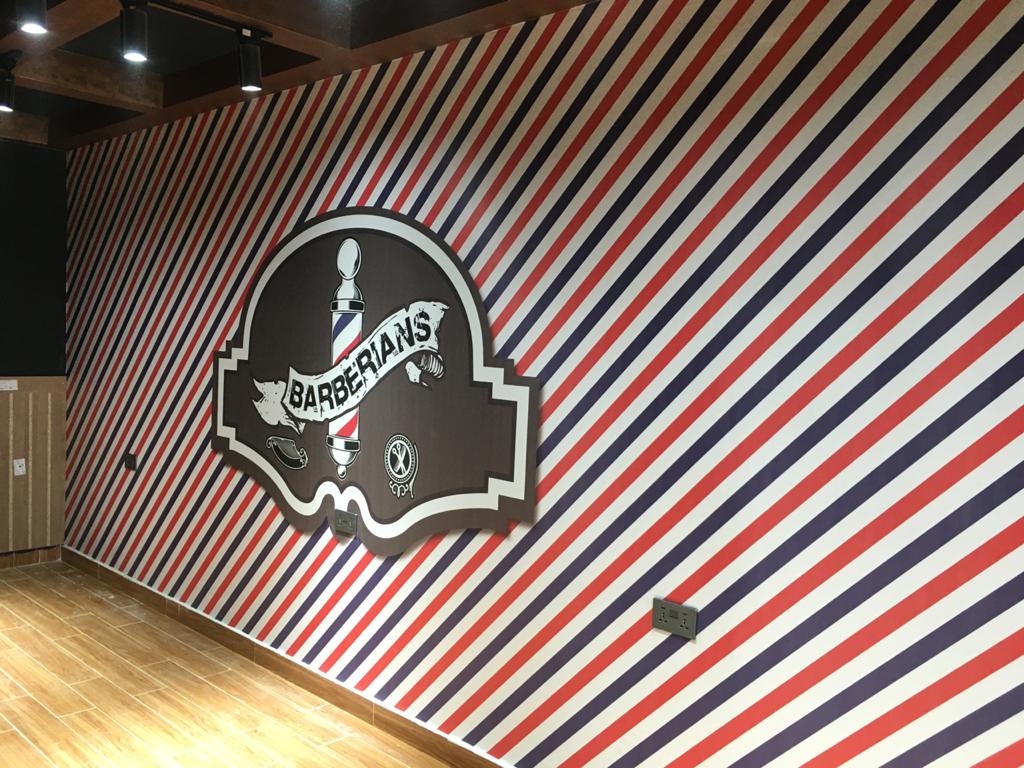
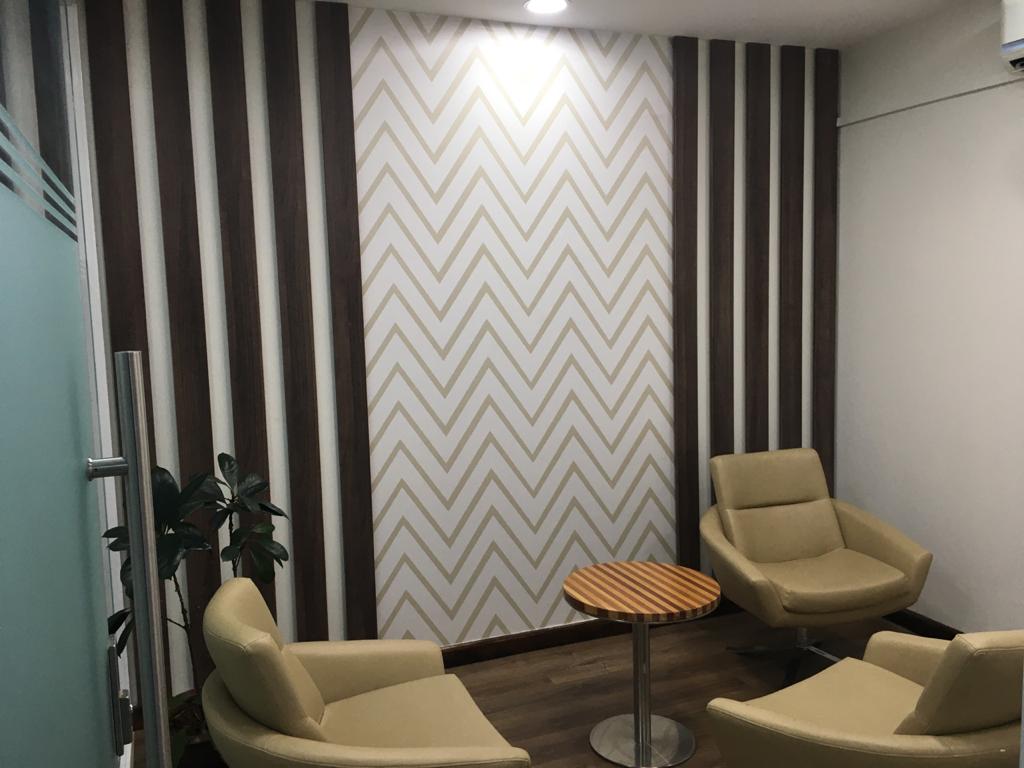
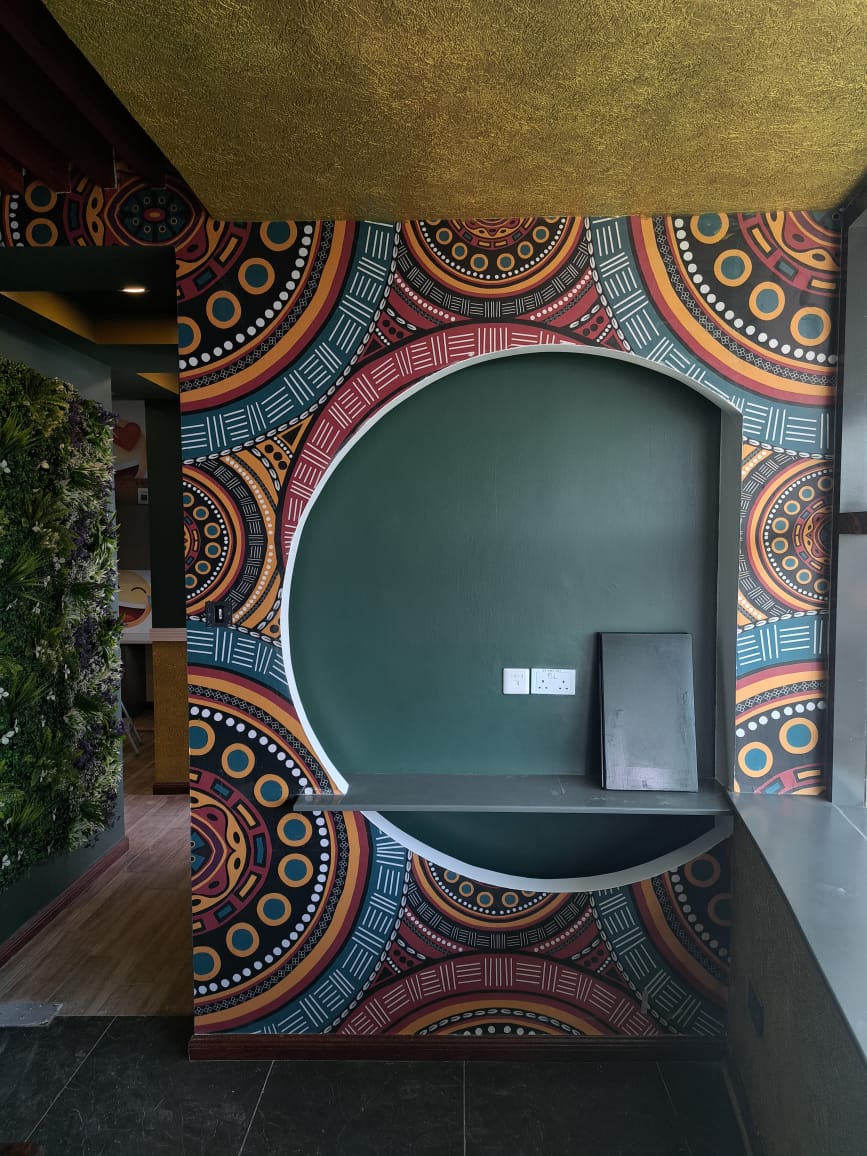

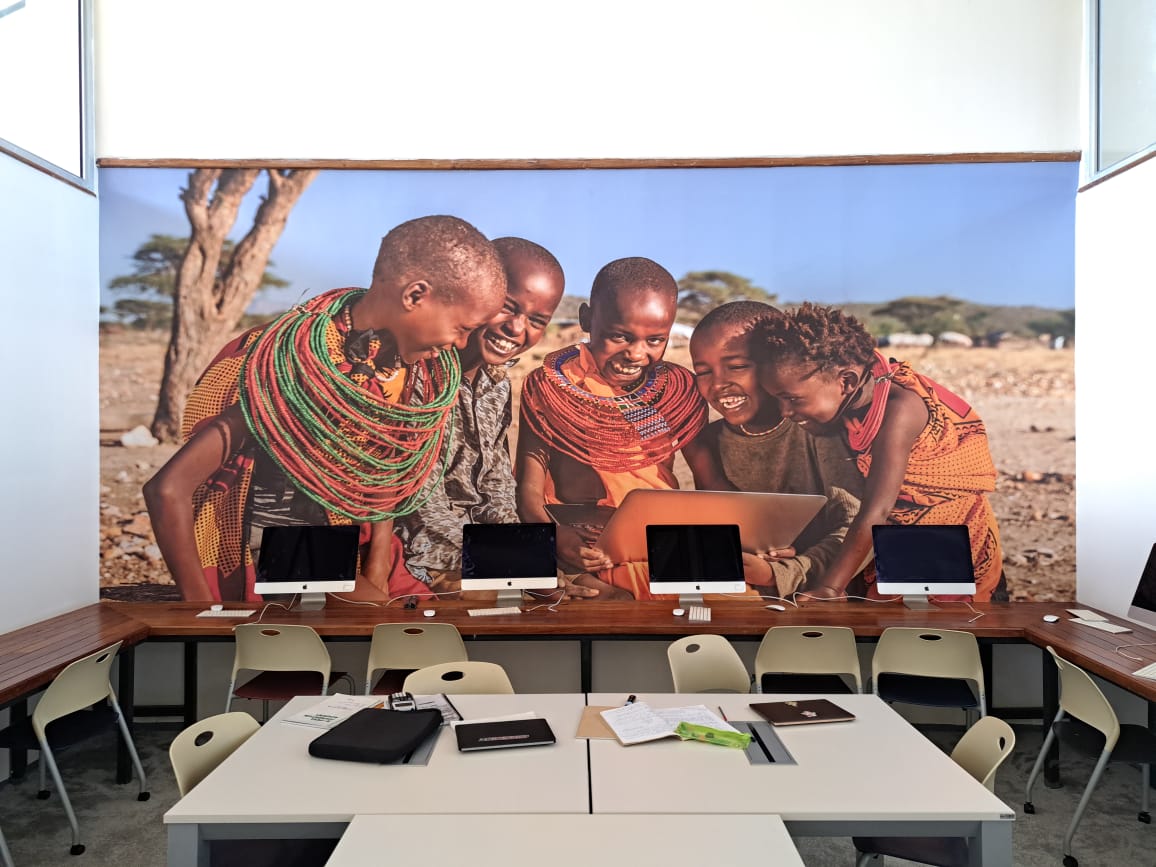
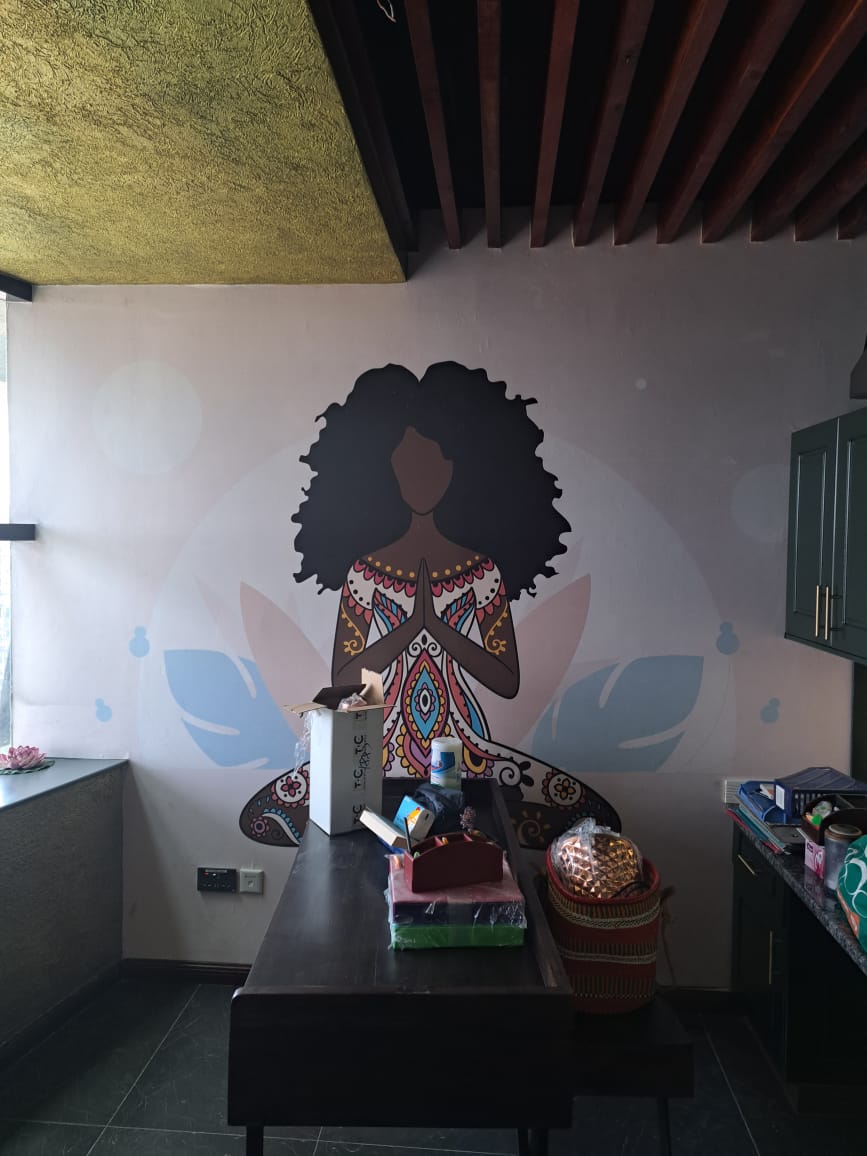
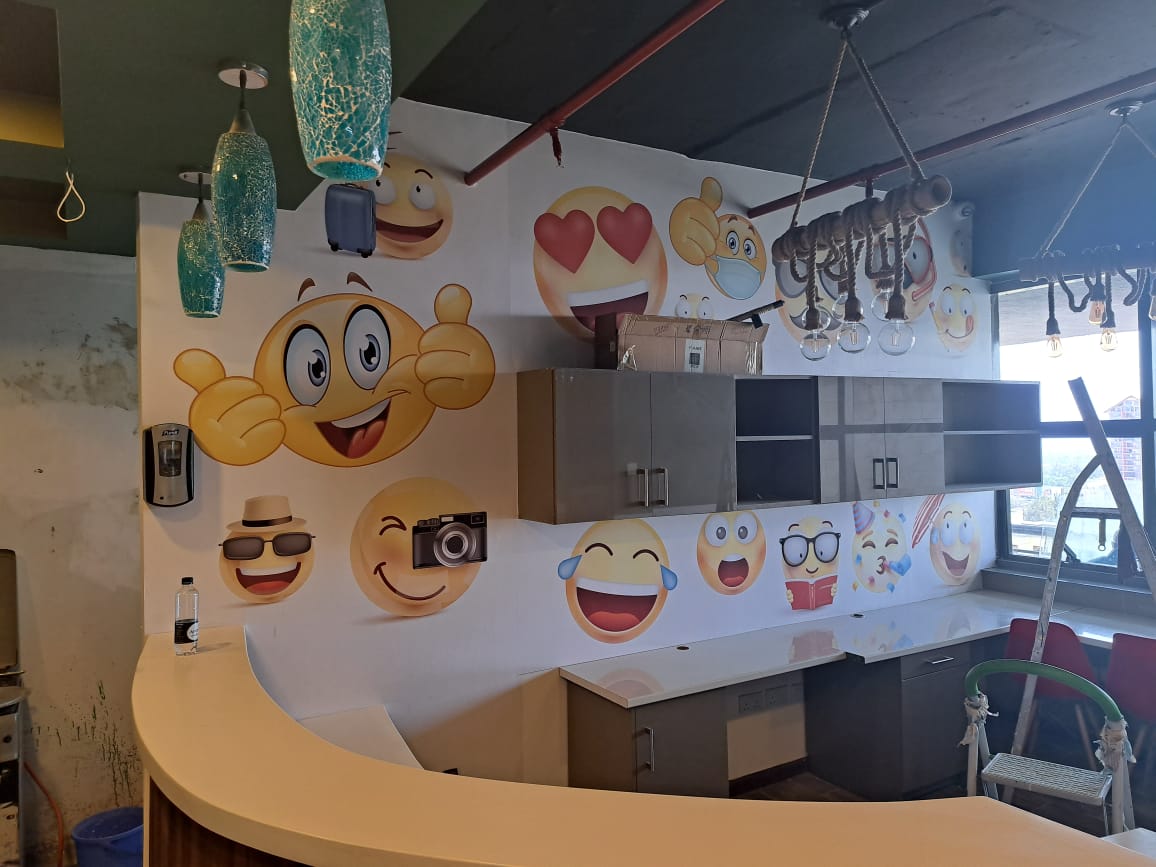
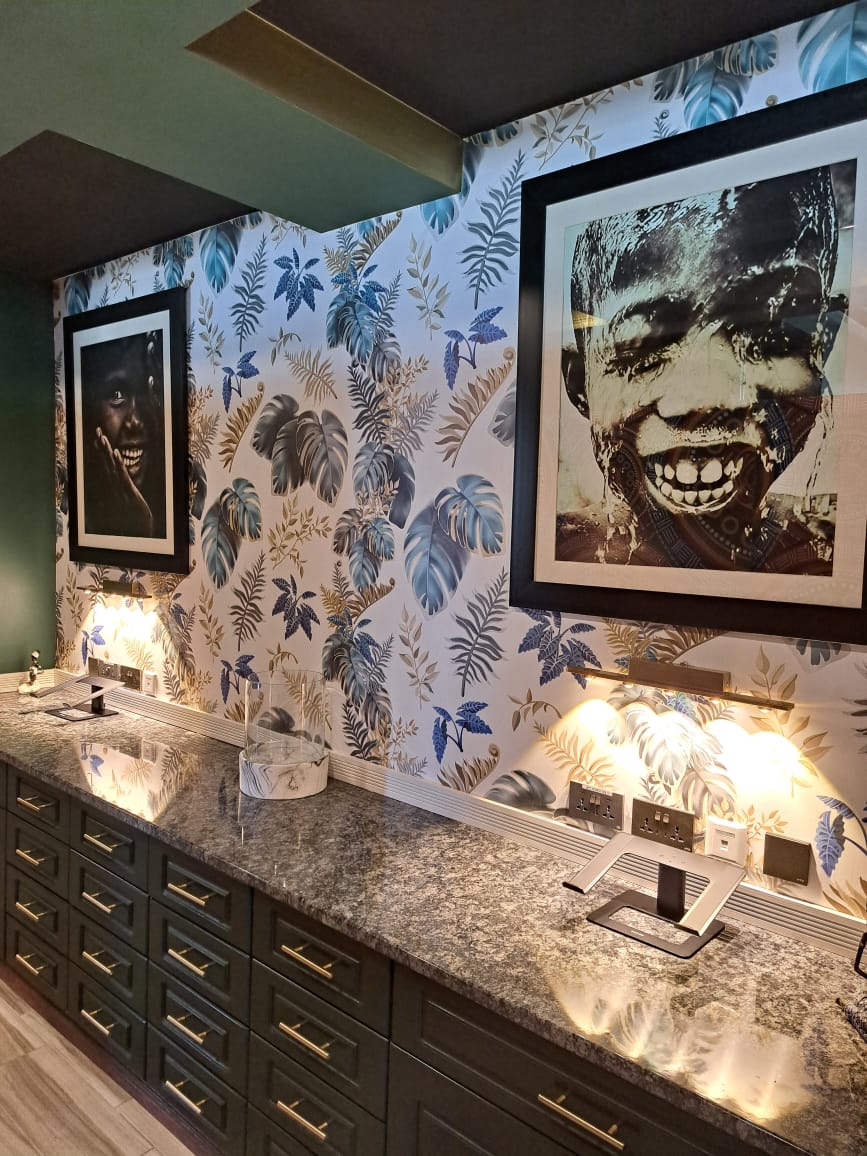
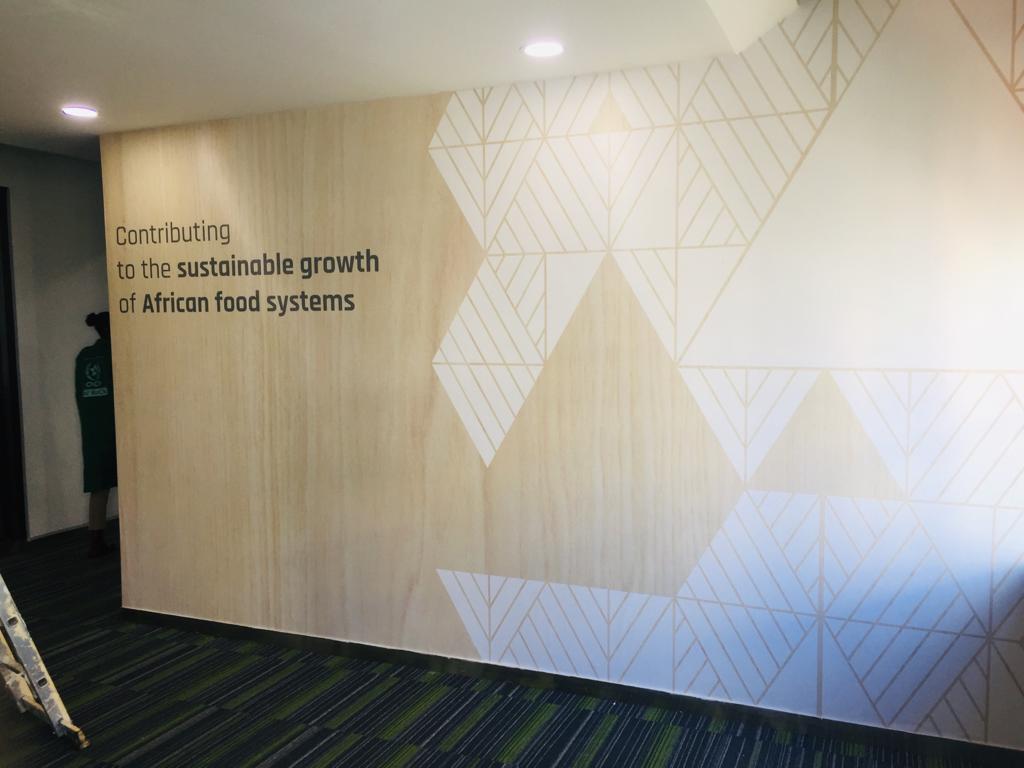
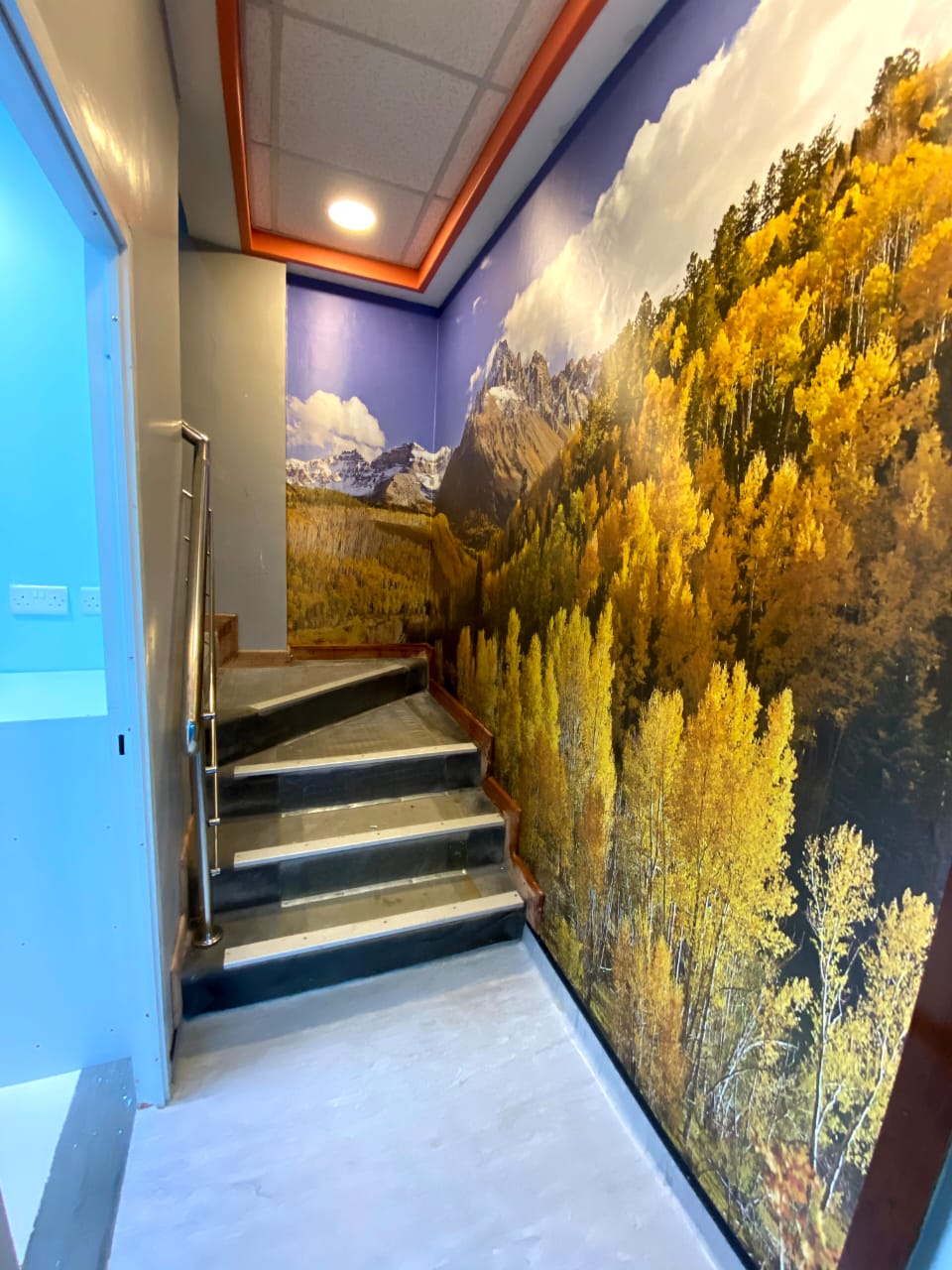

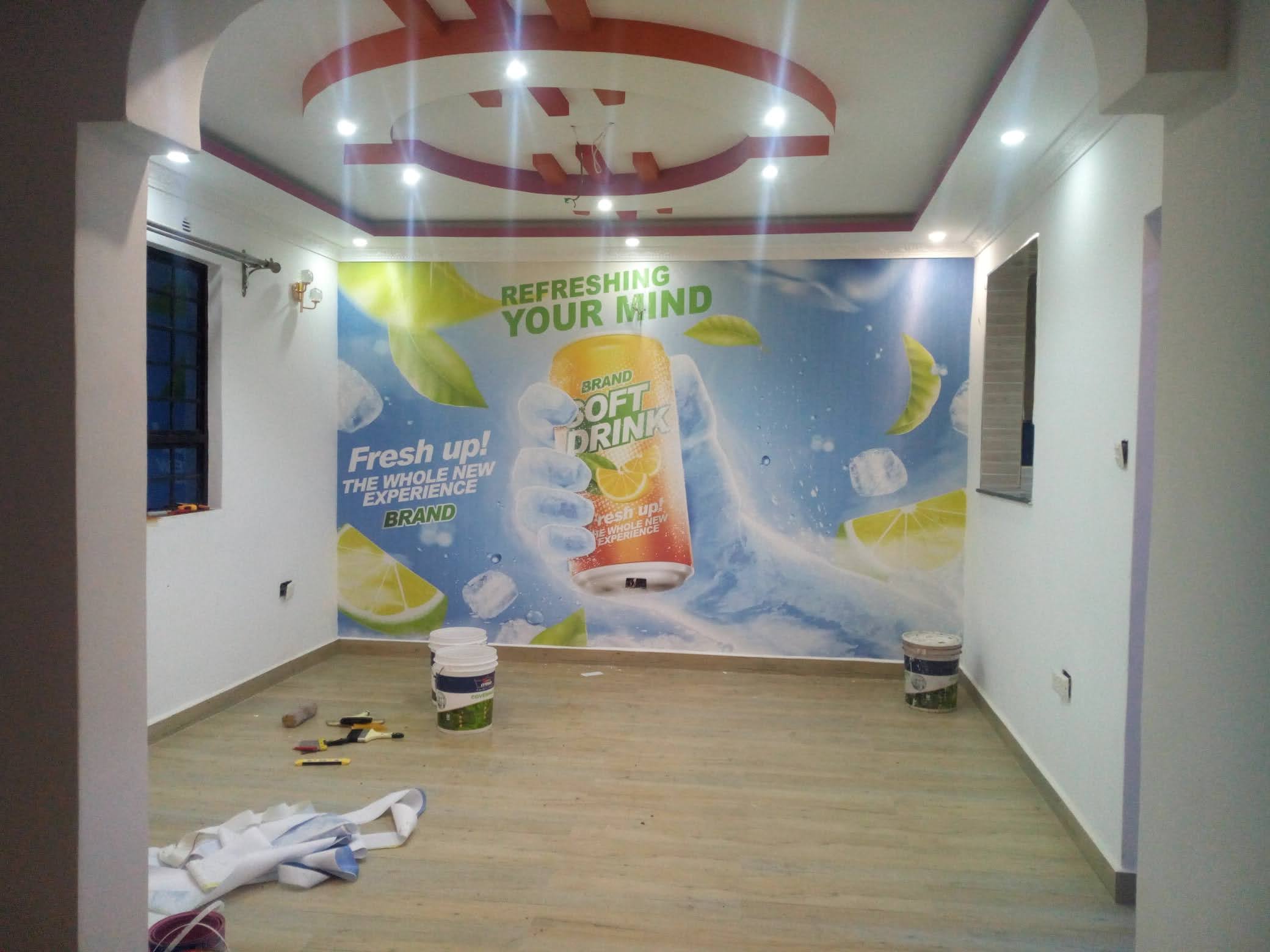
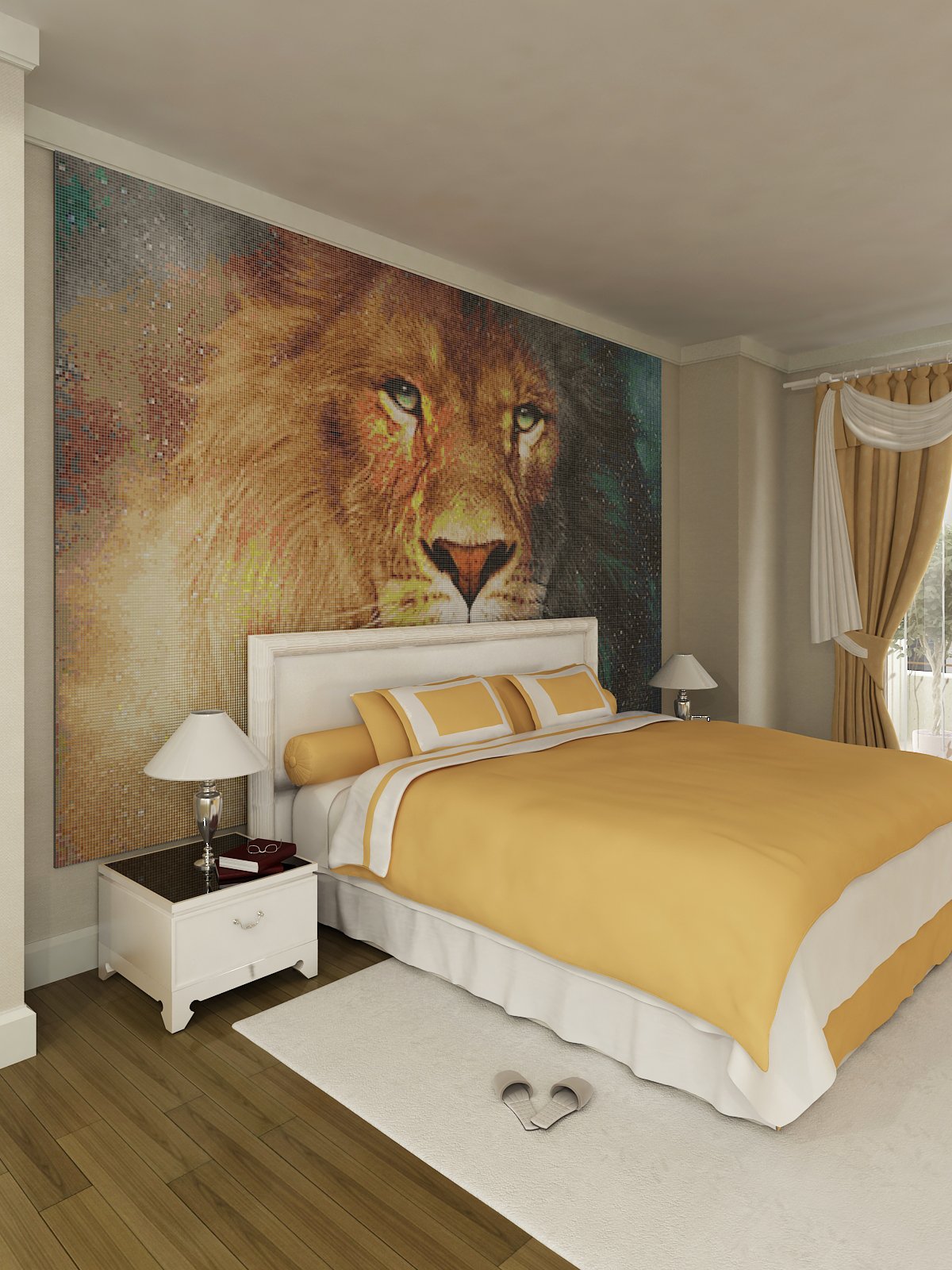


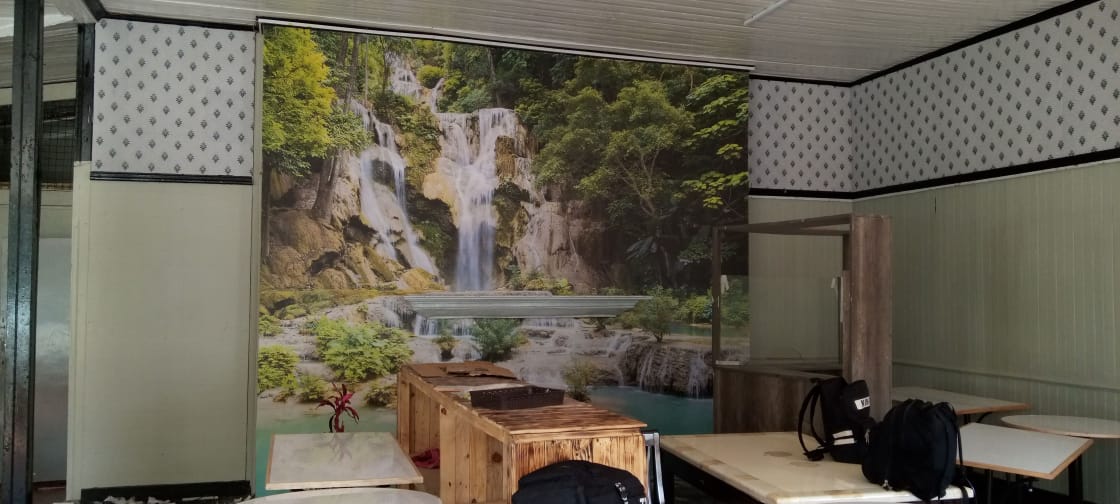
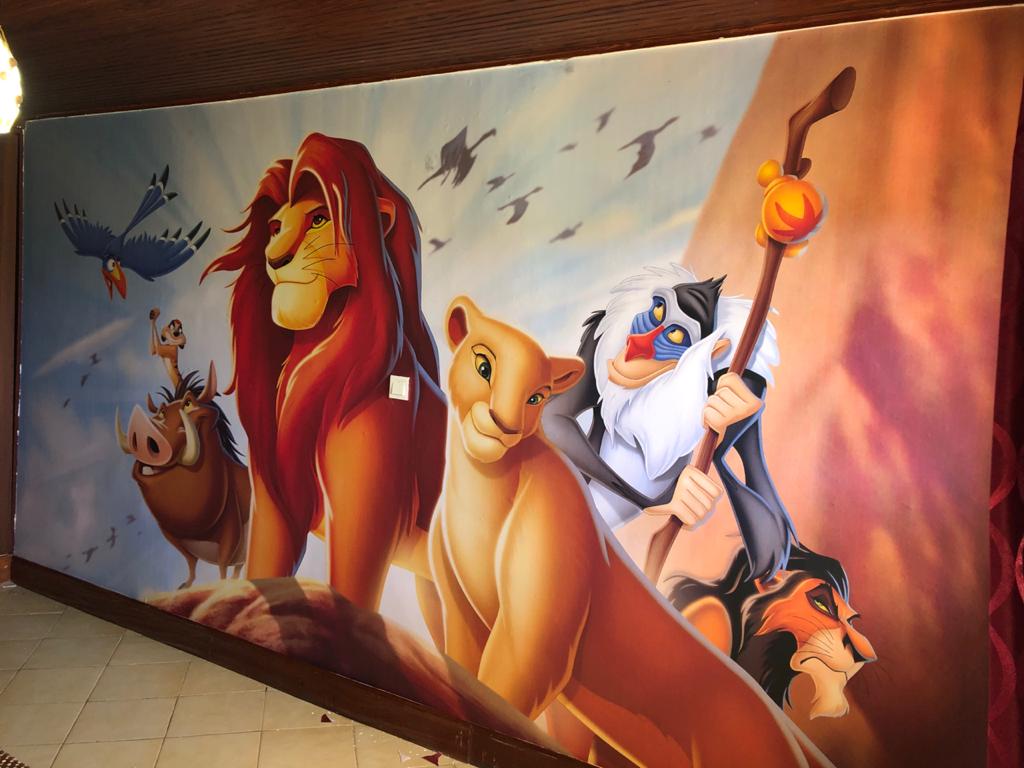
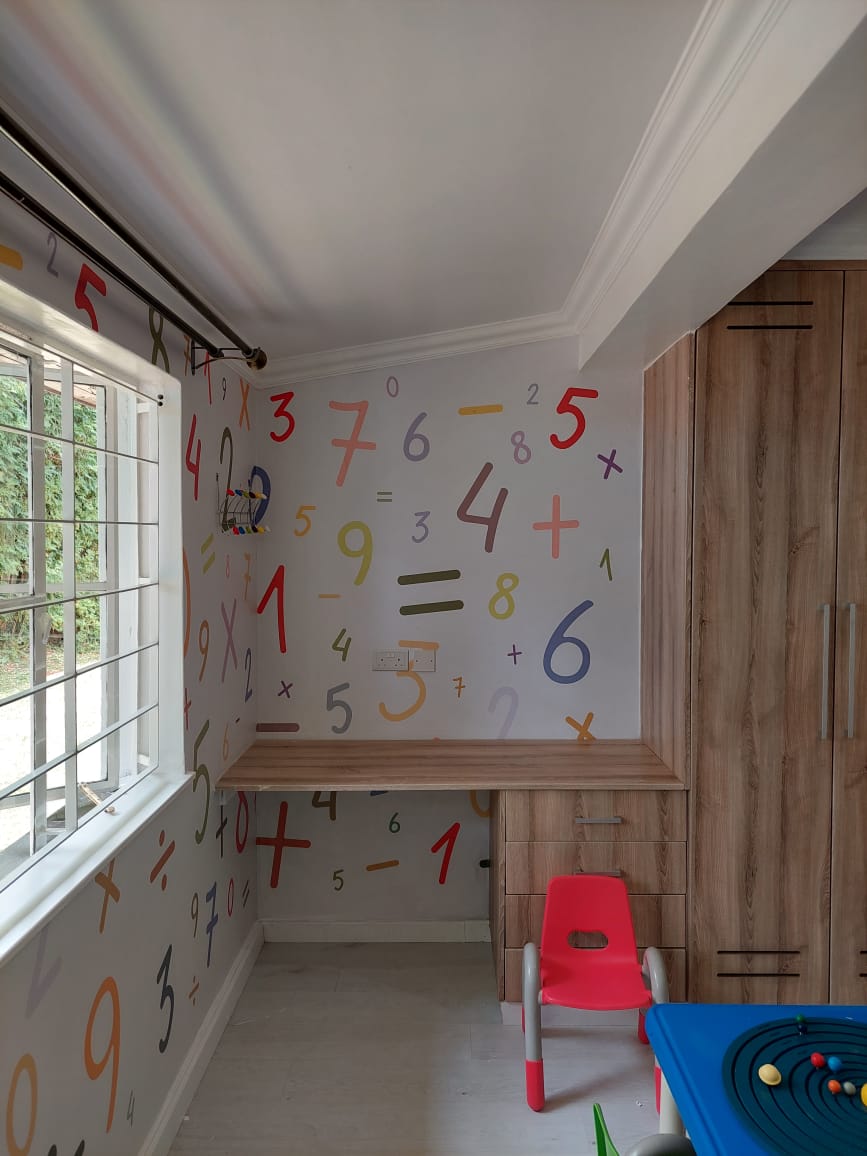
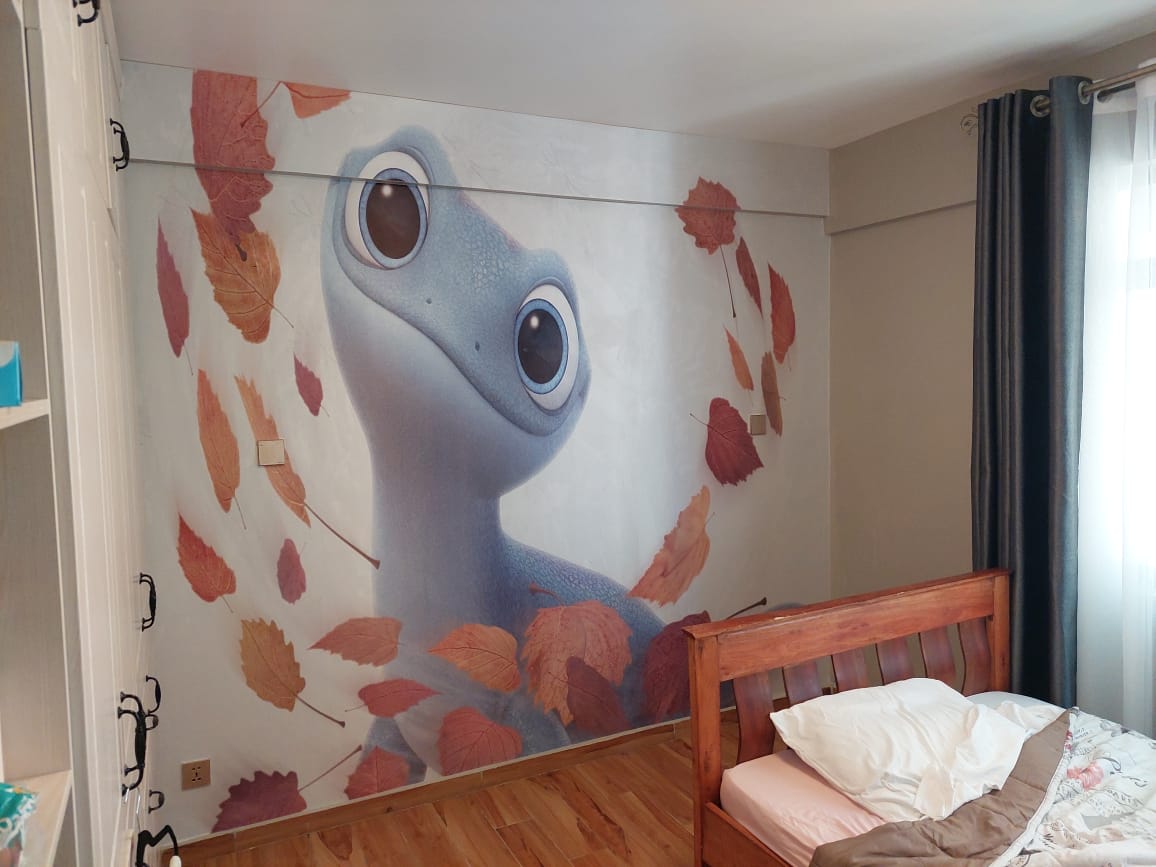
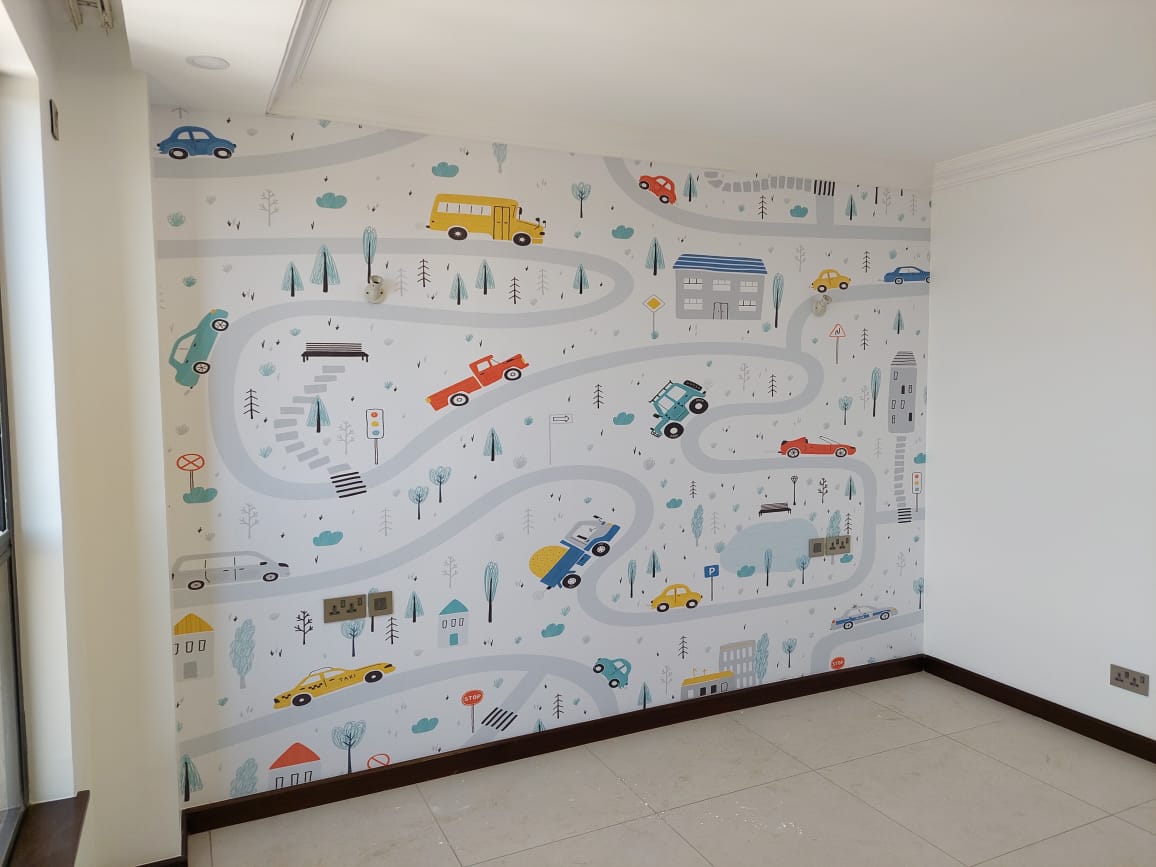
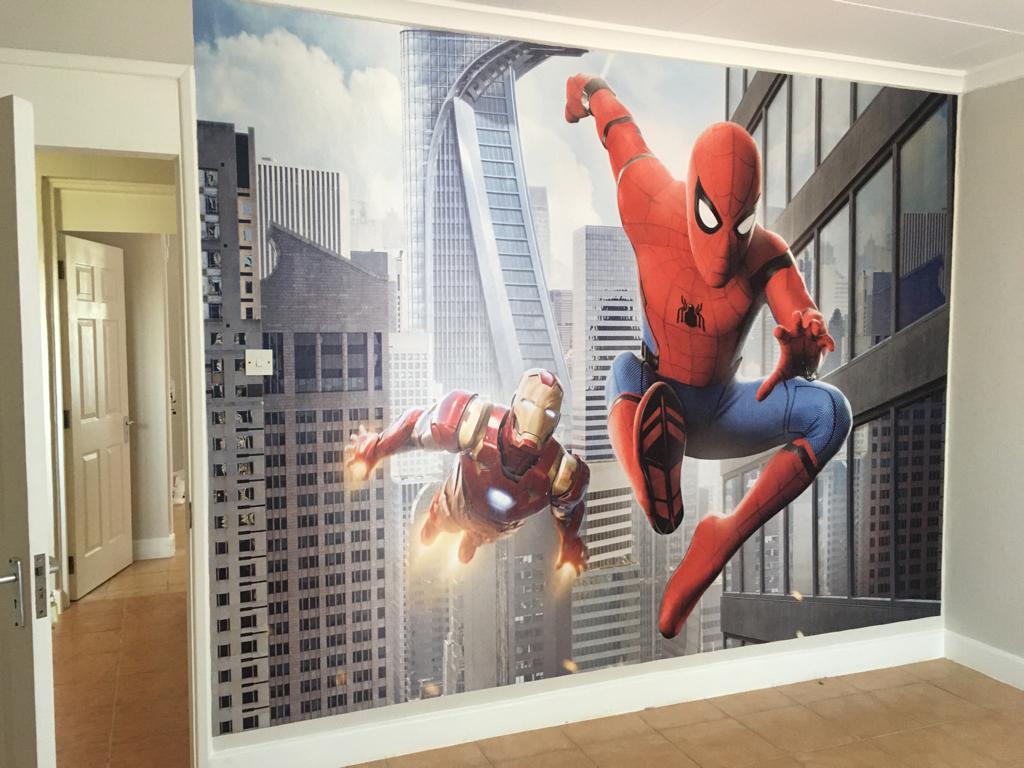

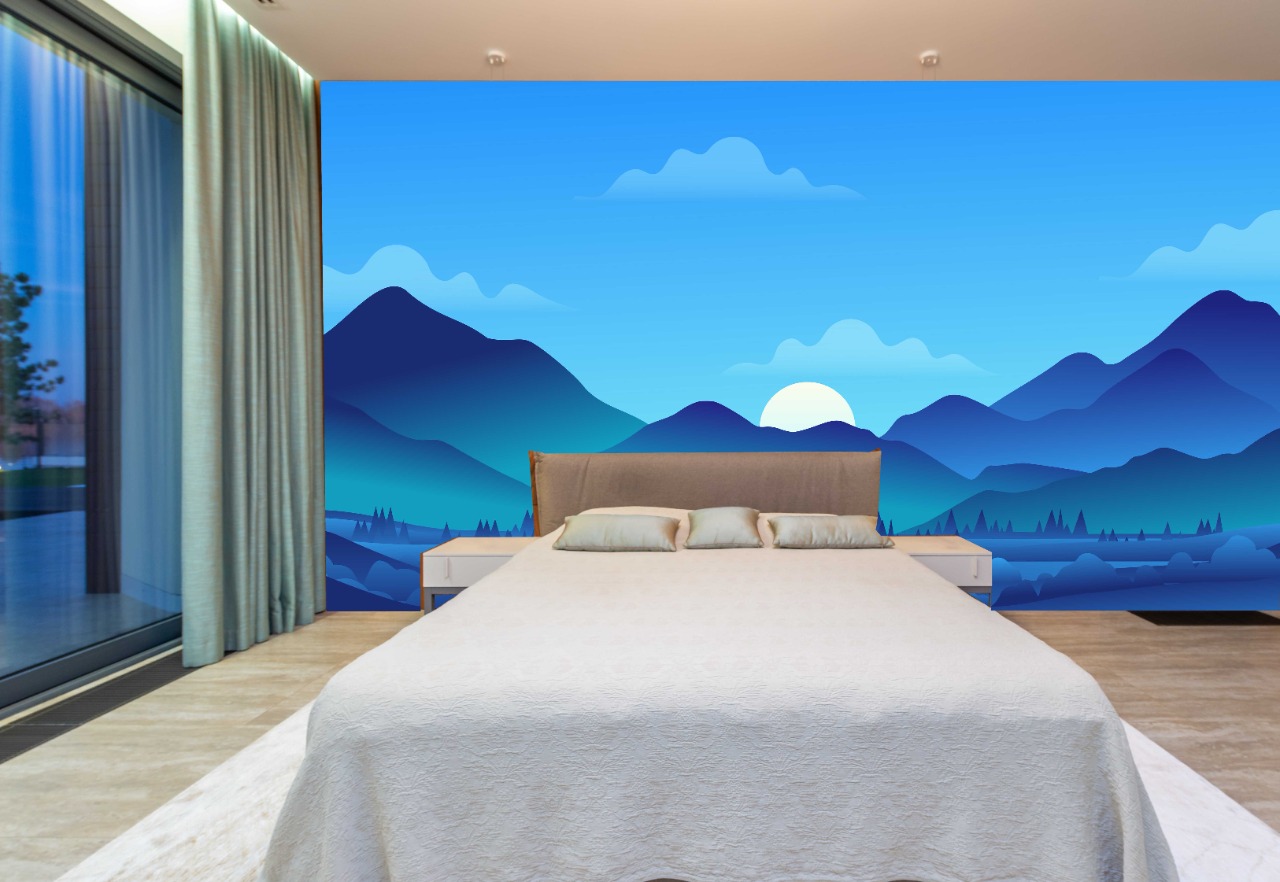
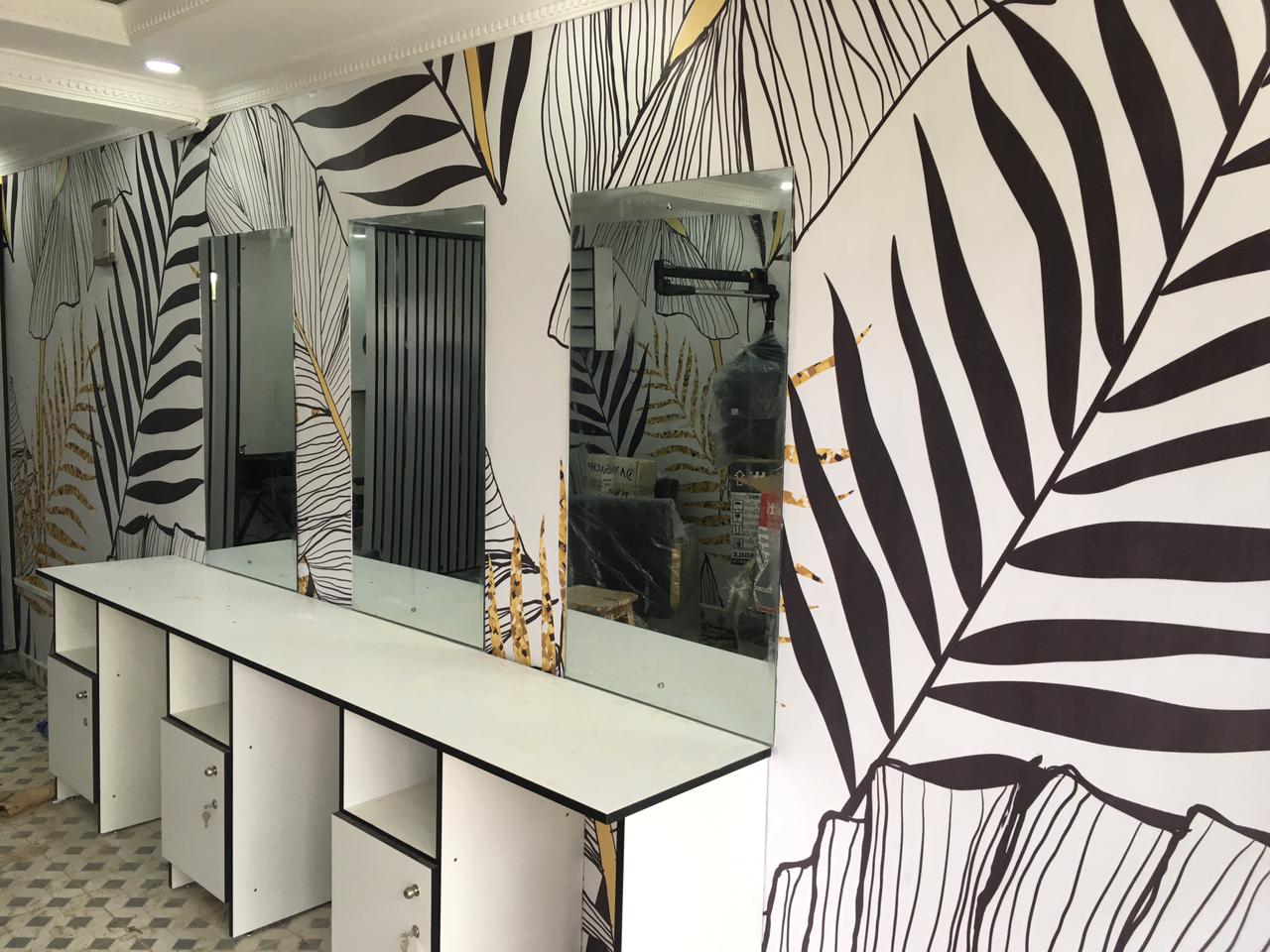
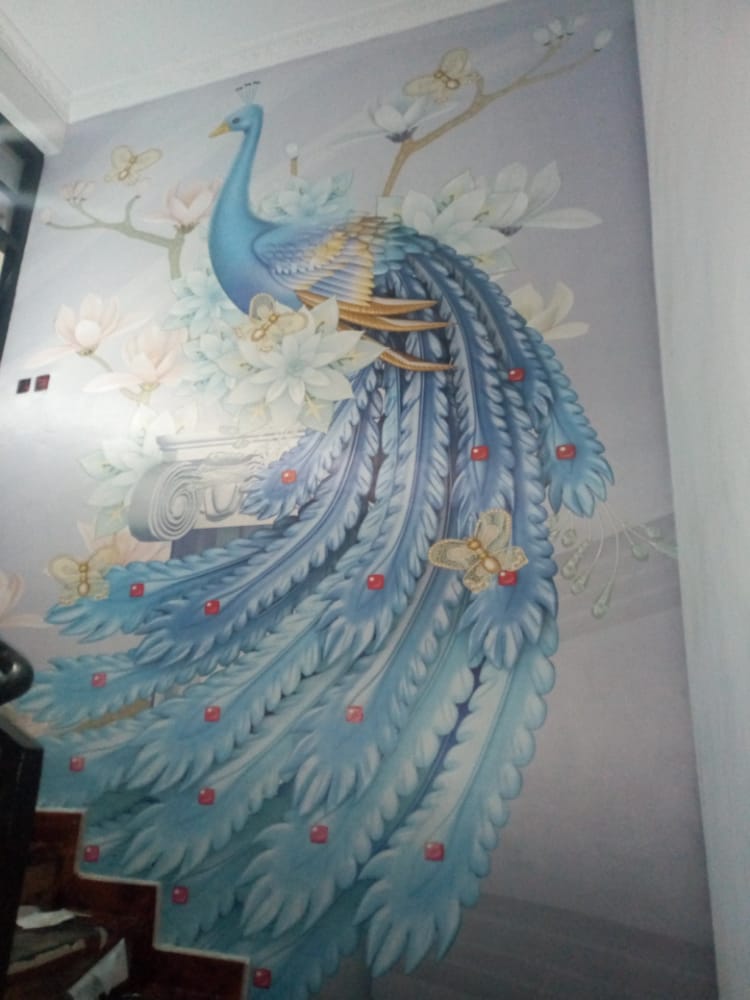
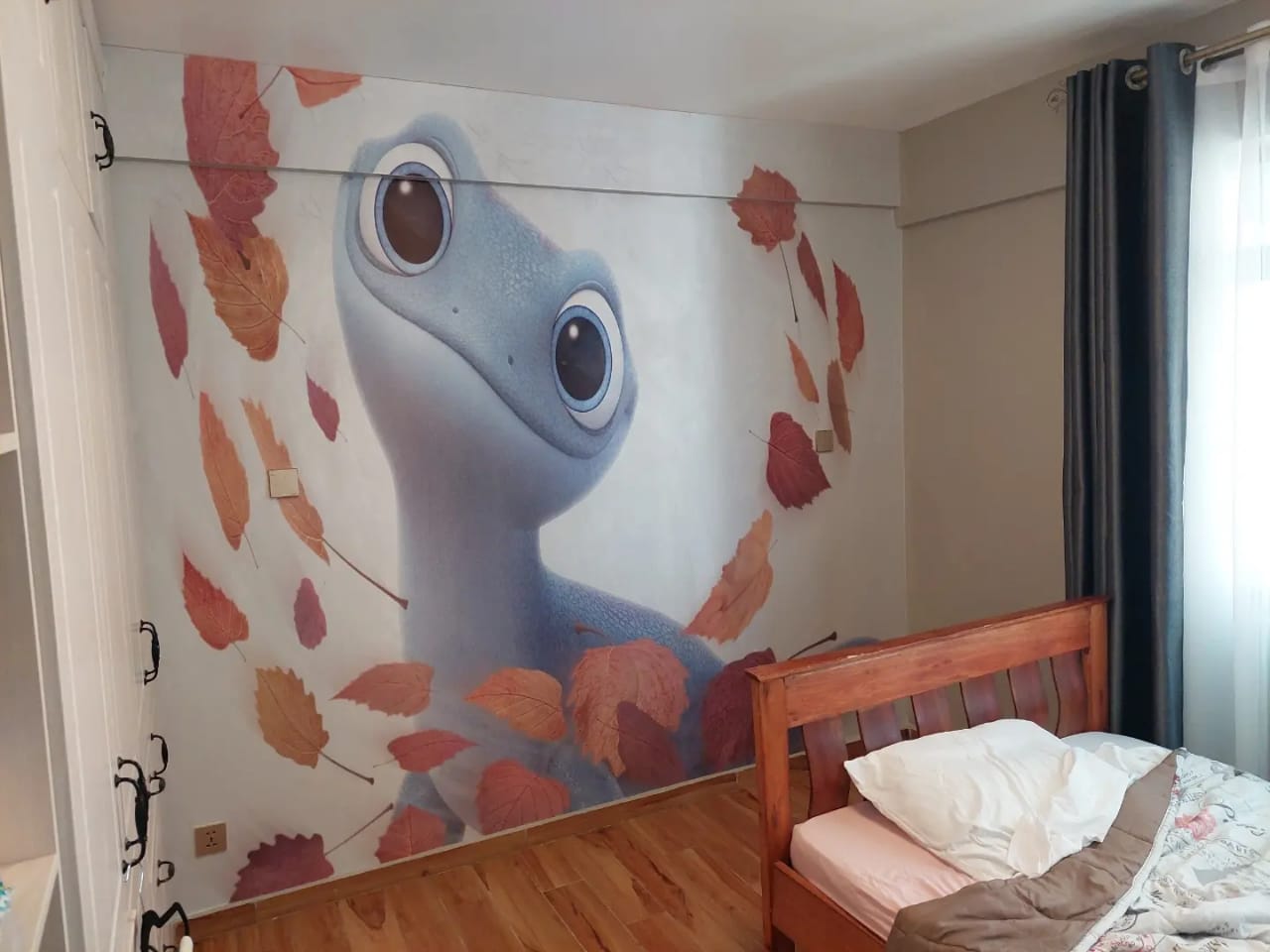
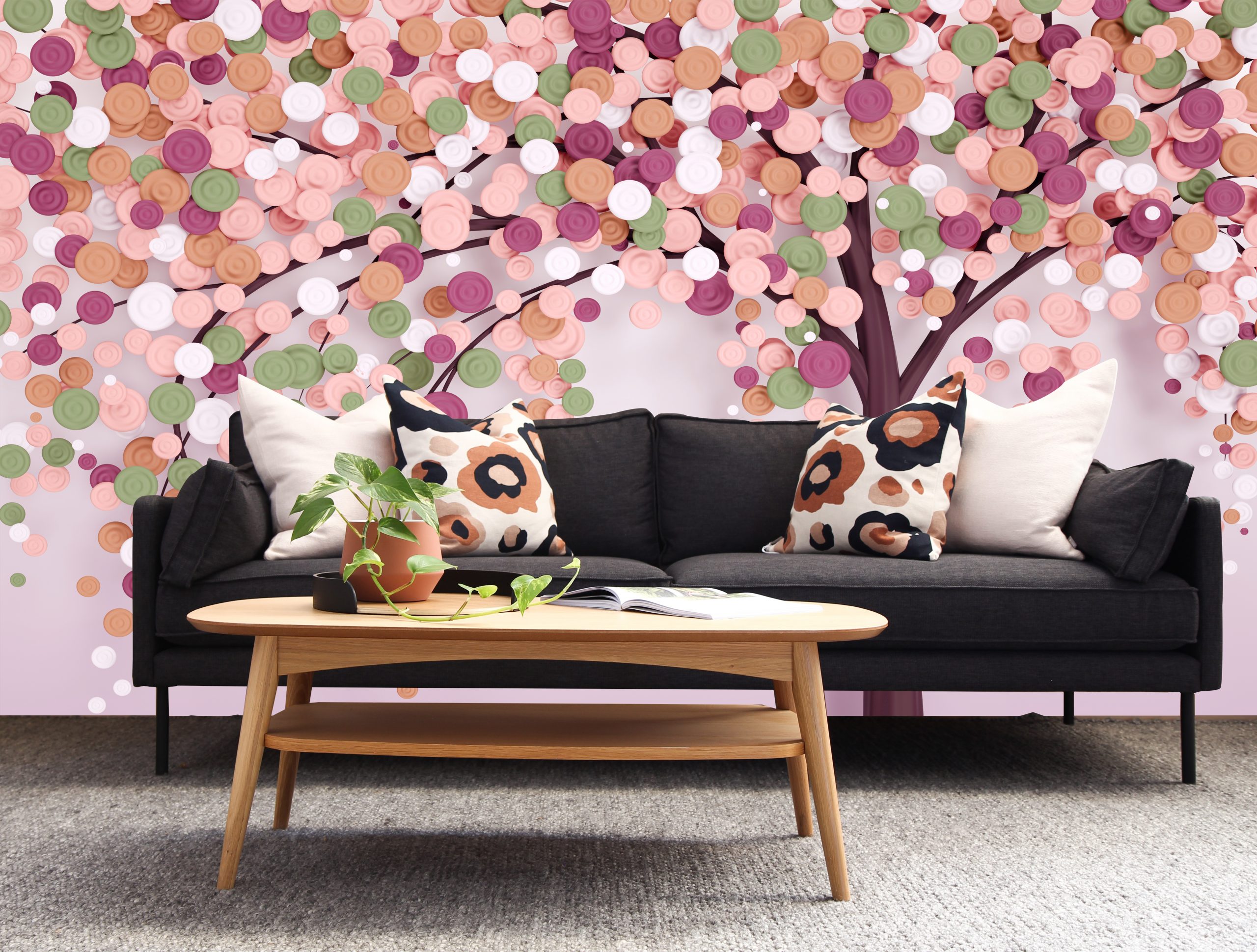
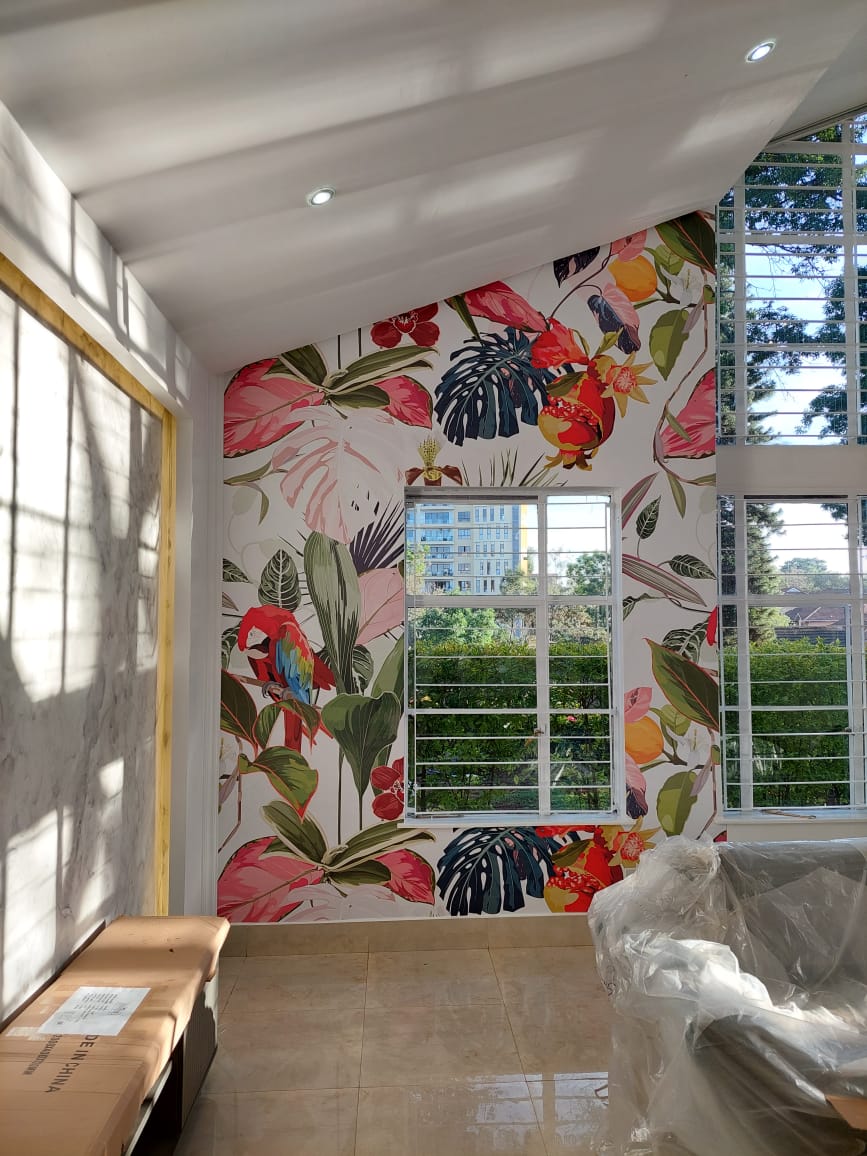
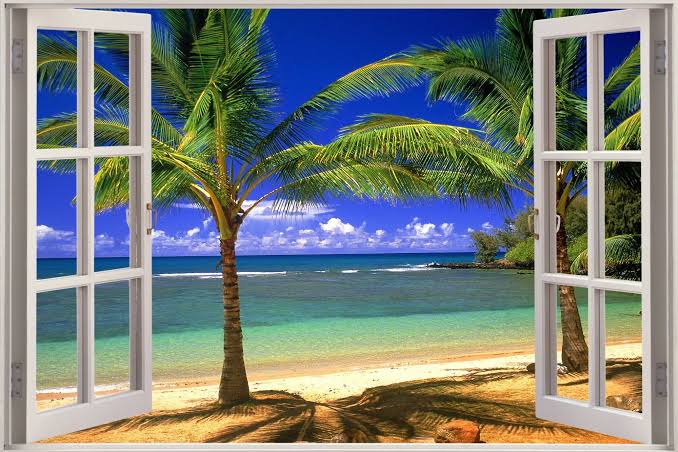


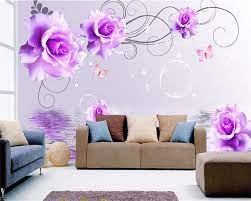
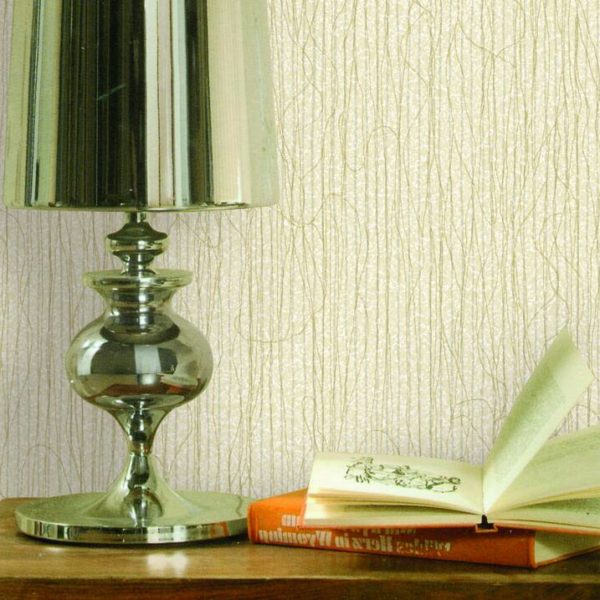
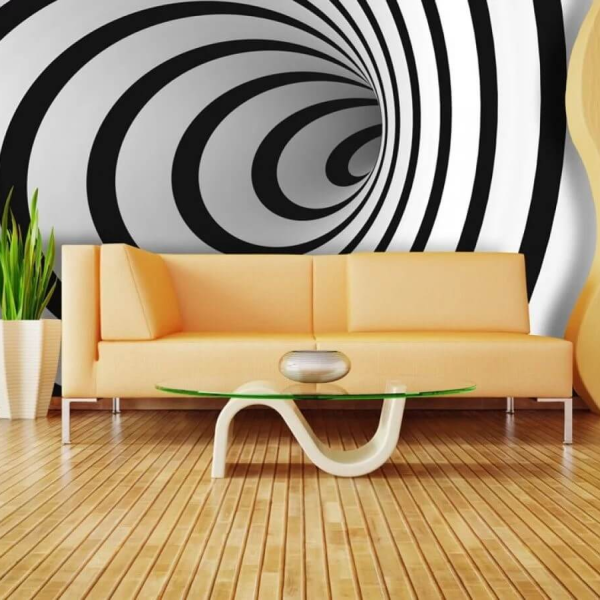
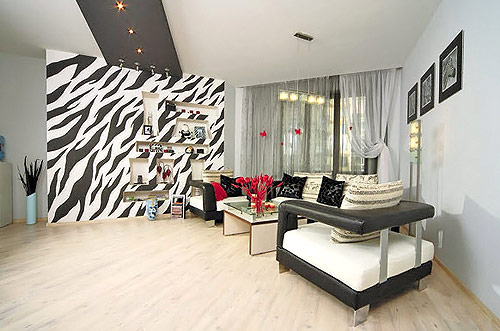
Reviews
There are no reviews yet.